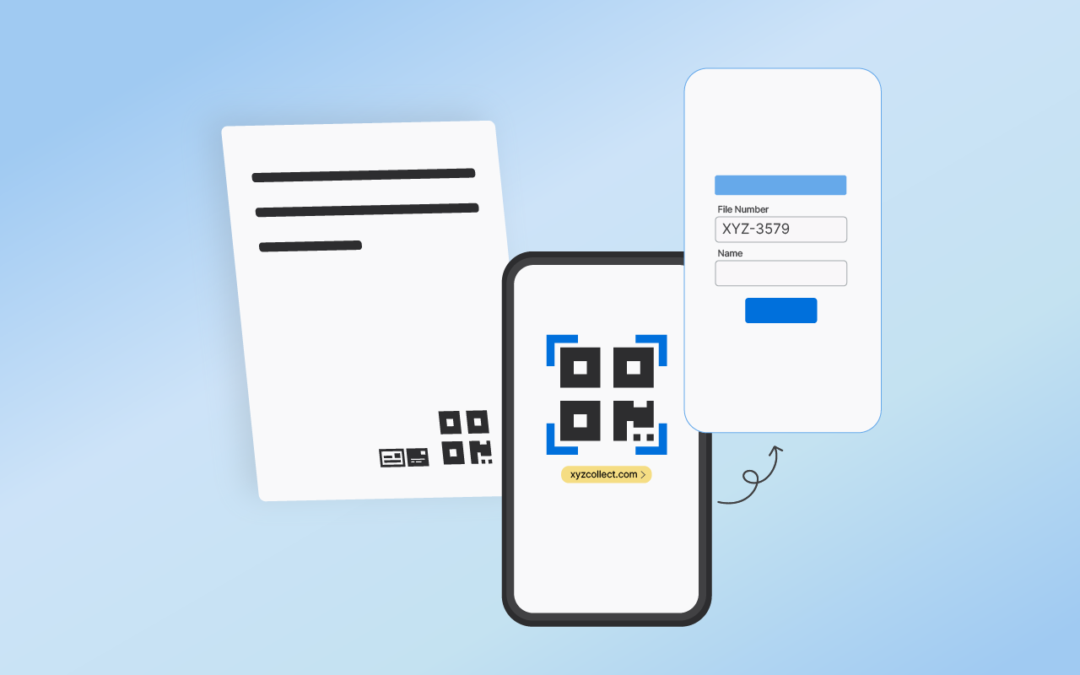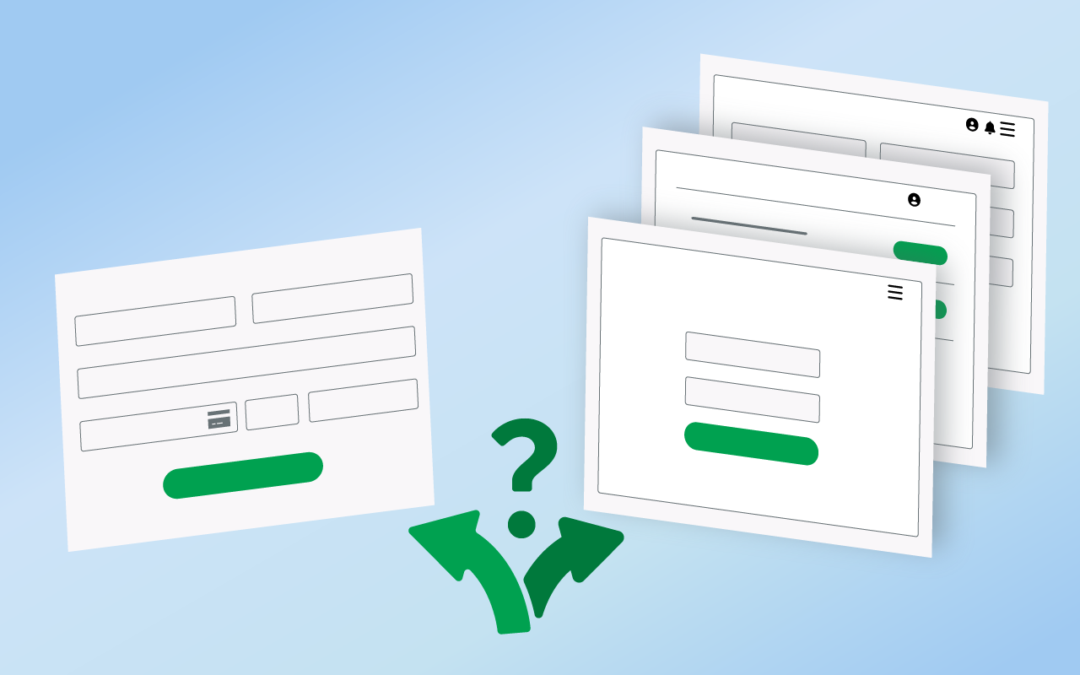Businesses have a few ways to avoid or recoup the cost of accepting credit card and other digital payments through surcharging, cash discounting, or charging convenience fees. These methods have different rules from a legal standpoint and based on payment network guidelines. If you’re currently offering or thinking about introducing one of these programs, be sure you’re not mixing up methods.
What is Credit Card Surcharging?
A surcharge is an additional fee that businesses charge when customers use a credit card. Businesses aren’t allowed to add a surcharge to debit cards or prepaid cards. This is true even when the consumer uses a debit card and chooses “credit card” at checkout. Surcharge fees can’t be higher than the merchant discount rate for the credit card.
Businesses must notify customers of surcharges before and after they’re charged. They have to list the surcharge on the receipt. And, surcharges must be posted at the business’s point-of-entry and point-of-sale.
Not every state allows surcharging. Currently, 10 U.S. states have surcharging restrictions: California, Colorado,Connecticut, Florida, Kansas, Maine, Massachusetts, New York, Oklahoma and Texas.
What is Cash Discounting?
With cash discounting, the business offers one price for credit card transactions and a discount for cash-paying customers. The important distinction between cash discounting and surcharging is that customers paying with cash pay less than the posted price at checkout and not more.
What are Convenience Fees?
Convenience fees are charged when customers use a non-standard payment channel, regardless of the payment method. For instance, an online or phone payment vs. paying in person. A business might charge a convenience fee for all credit card, debit cards, and ACH payments made over the phone. Mailed payments wouldn’t be charged the fee.
Optimizing the Cost of Accepting Credit Cards
As businesses consider ways to offset payment costs, it’s important to consider whether to implement one of these programs. Alternatively, businesses can explore cost reductions in other areas of the organization before passing the cost to consumers.




